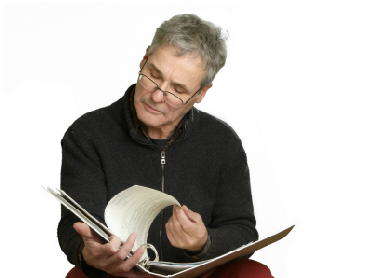Recent Articles
Popular Makes
Body Types
How to Test Drive a Used Car

One of the most important aspects of shopping for a used car is the test drive. This is where you'll imagine yourself living with the vehicle, get a feel for the way it drives and most importantly, discover its faults. In the excitement of a test drive, people tend to focus on the driving experience. Also, the seller is in the car anxious to point out its attributes. This is the time to focus on the car to the exclusion of everything else and cover all the steps below.
1. Always conduct test drives in daylight. Never inspect a car after dark.
2. Before you drive, examine the car for wear. If the odometer shows low mileage, but the paint is faded and the seats, carpeting, and/or pedals are worn, be suspicious of the odometer reading.
3. The tires should match (all same brand and model), have good tread depth and be worn evenly (the top of Lincoln's head should disappear when a penny is inserted into the tread'”all the way across the tire).
4. Check the headlights, interior lights, brake lights, turn signals, emergency flashers, door locks, mirror controls, and windows. Activate the windshield washers to make sure they spray cleanly and the wipers clear water effectively.
5. Inspect all seatbelts, there should be no fraying and they should deploy smoothly and retract readily without sticking.
6. Start the engine cold. Does it start readily, or does it crank for a long time before the engine fires? Listen to the idle, squeaks could be a sign the drive belt(s) need replacing.
7. Activate the audio system, make sure all its features work and turn it off. You want to hear the car, not your music.
8. Start the climate control system. If the engine stumbles when you activate the A/C that could be a potential problem.
9. Move the steering wheel back and forth. You should hear no groans or squeaks, nor should you feel undue resistance.
10. The transmission should shift smoothly without any whines or clunks. With a manual transmission, the clutch should engage smoothly and make no sounds. You shouldn't hear any grinding when shifting gears. Try moving the car from a dead stop in third gear. If the car goes, or stumbles and shuts off, the clutch is tight and working properly. If the car sits still and the engine races, the clutch needs replacement.
- Used Cars for Sale
- Used Cars by Make
- Used Cars by State
- Used Car Shopping Tools
- Certified Pre-Owned Programs
- Used Car Warranties
11. At speed on the highway, briefly take your hands off the steering wheel. If the car veers, there could be a wheel alignment problem. The car should roll smoothly. If you feel vibration in the steering wheel, or from the rear of the car, there could be a wheel balance problem.
12. Drive over bumps (or a railroad crossing) and listen'”you should hear no squeaks or clunks. If you do, the suspension system has a problem. Also the car should react to each bump once and settle. If it cycles up and down more than once, the shocks need replacing.
13. Listen to the engine as you accelerate hard, run steadily and decelerate. It should run smoothly, with no sputtering, coughs or hiccups.
14. Check your rearview mirror. If you see smoke billowing out of the back of the car, that's potentially an expensive problem.
15. Find a place where you can safely accelerate the car to about fifty miles per hour and stomp the brake pedal'”hard. The car should stop smoothly, cleanly and in a straight line. The pedal should not go all the way to the floor, and the car should drive away cleanly afterwards.
16. Stop on an incline and set the parking brake, the car should not roll once the brake is set.
17. When you get back from the drive, look underneath the engine, it should be absolutely dry with no evidence of leaks or seepage.
18. Let the car sit while you make sure the spare tire is in place and properly inflated, and the jack, and tools, and are in place. Look in the glovebox for the owner's manual and service records. Then look underneath the car again, as any leaks have now had time to reveal themselves.
If you decide you want to buy it, let the seller know you'll schedule an inspection by an independent professional mechanic. Even after a thorough test drive, under no circumstances should you ever buy a used car without an inspection.